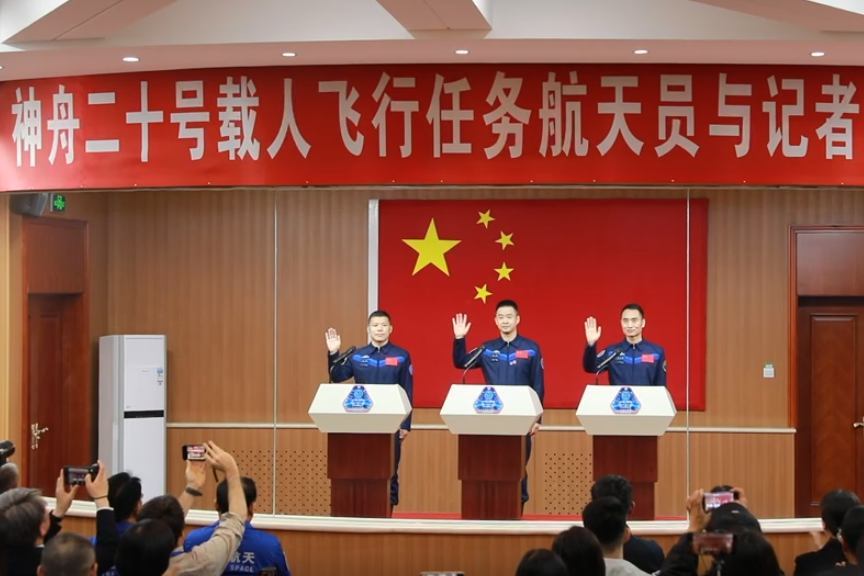One-to-one help key to 16 cities in Hubei


The State Council, China's Cabinet, announced on Friday that the 16 cities in Hubei province that have been the hardest hit by the outbreak of the novel coronavirus have each been partnered with a province or municipality that will provide it with assistance.
Wuhan, where the outbreak first emerged, is the most affected and it has suffered much and become the focus of nationwide attention. More than 11,000 medical staff are now working in Wuhan, of which about 3,000 serve in the department of intensive medicine.
Yet in Hubei there are 16 cities besides Wuhan that need help. They all have less technology, staff, and equipment than Wuhan, which is the provincial capital. For example, Huanggang and Xiaogan, two cities neighboring Wuhan, need no less help than the provincial capital.
It should be noted that movement of people in these cities is even more difficult to control than that in Wuhan, which is more developed. Should the epidemic get out of control in these cities, that would be a disaster for the whole nation.
The new arrangement aims to address this problem. By arranging each province or municipality to specifically send help to one city, Hubei cities other than Wuhan are expected to get the help that they are in dire need of.
Besides, the arrangement will also help to better distribute resources among the cities. Whatever each city needs, it can more conveniently tell the province that it is paired with and thus get the help it needs. By raising the efficiency of distributing limited resources, the nation can put these scarce resources to best use.
The mode of pairing one city with one province proved successful in the disaster relief efforts after the 2008 Wenchuan Earthquake, in which the whole of Sichuan province suffered. Twelve years later, it can play a successful role again and help Hubei province and the whole nation get rid of the coronavirus.



































